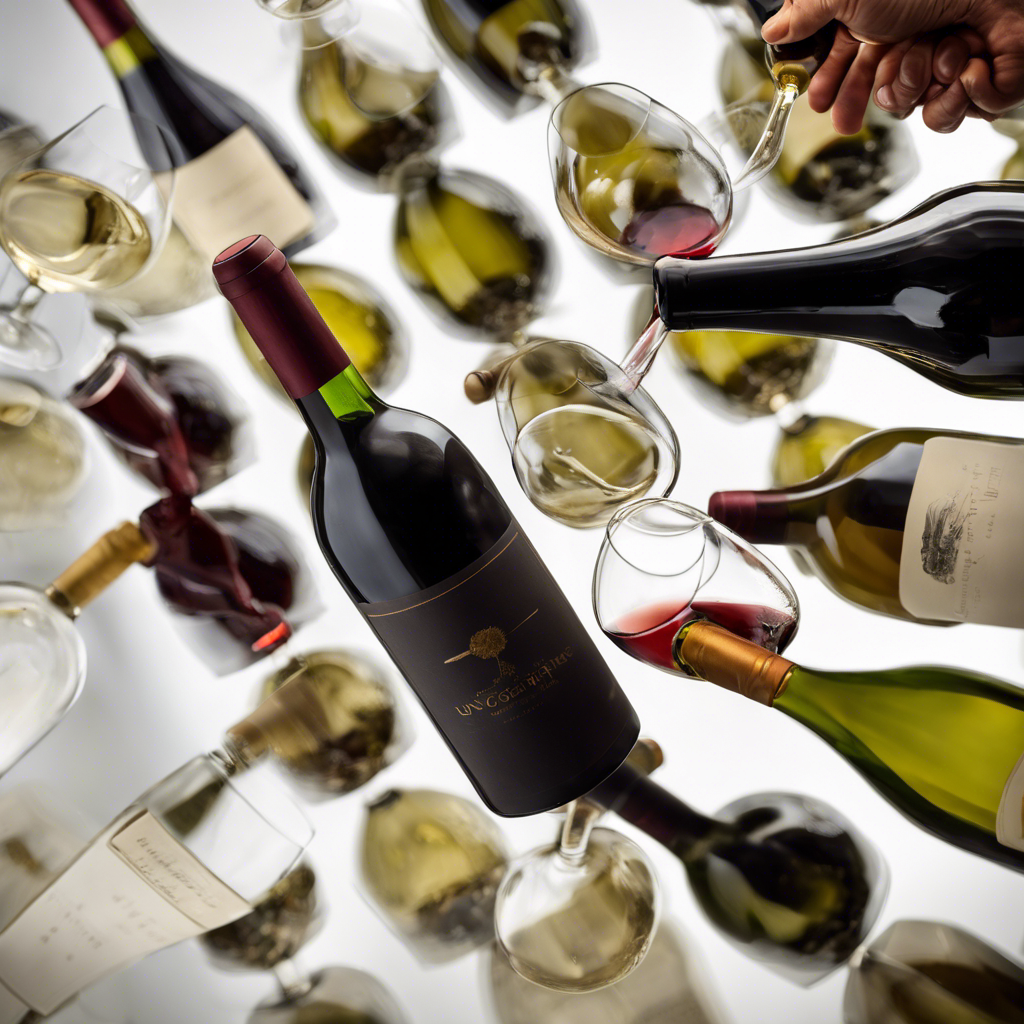Uncorking the Potential: Investing in Fine Wine

As investors seek to diversify their portfolios, fine wine emerges as an alternative asset class with rewarding returns and a touch of sophistication.
The world of investing is as diverse as the flavors of a fine wine, and for those looking to expand their portfolios, the allure of investing in the alcoholic beverage is hard to resist. Fine wine has consistently proven to be one of the best-performing alternative asset classes, offering investors a unique opportunity to diversify their holdings. With its low correlation to the global stock market, investing in fine wine has become an intellectual and hedonistic experience for oenophiles and investors alike. However, navigating the world of fine wine investment requires knowledge, patience, and a discerning palate.
Rewarding returns: Fine wine as an alternative investment
Fine wine has established itself as a top-performing alternative asset class within the Knight Frank Luxury Investment Index. Over the past decade, fine wine prices have risen by 149%, making it the second-highest return among alternative investments, surpassed only by whiskey. This impressive growth outpaces traditional investments such as cars, coins, and jewelry. Notably, wines from France’s Burgundy region have seen an even greater increase, with prices rising by 214% over the same period. However, it’s important to note that investing in fine wine is a long-term endeavor, as prices can fluctuate. The Liv-ex Fine Wine 100 benchmark, which tracks the 100 most traded fine wines on the secondary market, reported an 11.3% price decrease in the year to October. Despite short-term fluctuations, the medium to long-term outlook for fine wine investment remains promising.
Honing your taste: Factors to consider in wine investment
Investing in wine is akin to appreciating a piece of art, with quality, rarity, and provenance serving as key factors to consider. A wine’s ability to improve with age, brand recognition, and resale value are all crucial elements. Access to data has greatly facilitated research in recent years, allowing new entrants to assess brands’ ratings, critical acclaim, production processes, and consumption rates. This increased transparency has made the wine investment market more approachable for a wider audience. Nevertheless, true enthusiasm for wine is essential for investors, as it is a passion that goes beyond mere financial gain. Without a genuine appreciation for the beverage, wine investment can quickly become a monotonous endeavor.
Buying at auction: Accessing the world of fine wine
Wineries and wine merchants can provide a starting point for investors looking to access young wines at a lower price. Auction houses, on the other hand, offer access to highly esteemed brands and collectible bottles. Sotheby’s, for example, is currently hosting a year-long sale of 25,000 bottles curated by Taiwanese art collector Pierre Chen. The collection, titled “An Epicurean’s Atlas,” is estimated to fetch up to $50 million across five sales held in various global locations. The increasing accessibility and growing consumer base have led to a surge in fine wine auctions at Sotheby’s, with the value of sales nearly tripling in the past decade. Two-thirds of new bidders are in their 30s and 40s, reflecting a younger demographic’s interest in wine investment.
Things to consider: Tax implications and storage
One of the advantages of investing in tangible assets like wine is the potential exemption from capital gains tax in many jurisdictions. However, investors should seek local advice and factor in the costs of trade, which can impact overall returns. It is crucial to be aware of the expenses involved, as a 10% fee is often incurred both when purchasing and selling wine. Additionally, storage plays a vital role in preserving the integrity of the wine collection. Storing wine in authorized facilities, known as bonded storage, can offer protection against tax implications, such as VAT, and prevent the temptation to prematurely sample the investment.
Conclusion:
Investing in fine wine offers a unique opportunity for diversification and potential returns. As an alternative asset class, fine wine has consistently outperformed traditional investments, making it an attractive option for investors seeking to expand their portfolios. However, it is essential to approach wine investment with knowledge, research, and a genuine passion for the beverage. With increased accessibility and a growing consumer base, the wine market is experiencing a surge in interest, particularly from younger demographics. As with any investment, understanding the tax implications and ensuring proper storage are crucial considerations. So, whether you’re an oenophile looking to turn your passion into profit or an investor seeking a sophisticated addition to your portfolio, the world of fine wine investment awaits, ready to be uncorked.

